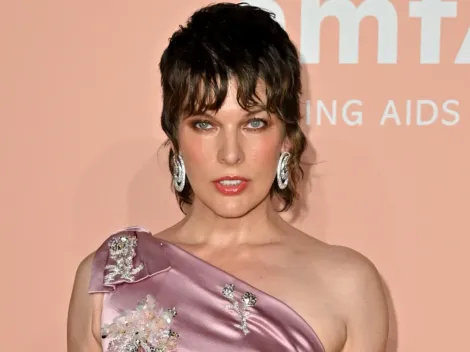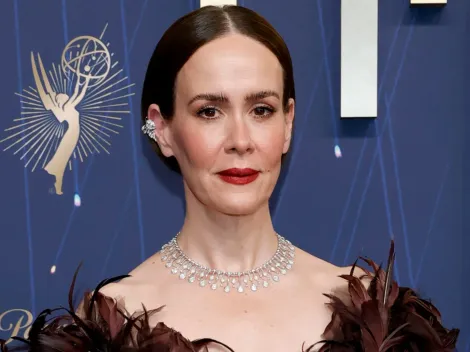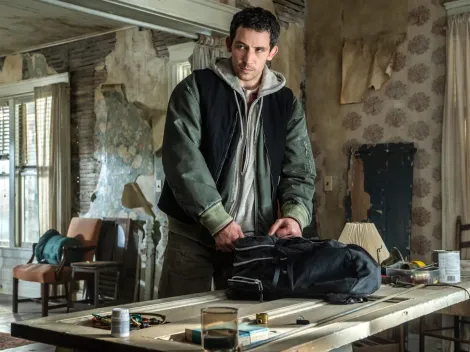The spooky season is here, and streaming platforms have spent the year curating detailed horror catalogs for viewers to enjoy starting October 1. Among them, Hulu has not fallen behind, having already released its standout title for the season, “Hold Your Breath”.
Set in 1930s Oklahoma, this thriller follows Sarah Paulson as Margaret Bellum, whose family endures the relentless dust storms of the era. However, when the storms grow unnaturally fierce, she becomes convinced there’s something more sinister at play.
With its gripping storyline that keeps viewers on edge for an hour and a half, many are now asking: Is it based on real events? Check what Paulson has revealed.
All on the real-life inspiration behind Hulu’s ‘Hold Your Breath’
According to the “American Horror Story” actress, “Hold Your Breath” isn’t based on a specific true story but is set against the historical backdrop of the Dust Bowl, a period of severe dust storms during the 1930s that devastated the ecology and agriculture of the American and Canadian prairies.
This phenomenon was caused by a combination of natural factors, such as drought, and human-made factors that led to widespread agricultural collapse, mass migration, and economic hardship. Paulson explained her interest in this historical context to Screen Rant:
“I was really, really interested in the time and place that the movie was taking place, and the idea of something that really happened in our country’s history, that you wouldn’t often think of as a setting for a movie in this genre. But to me, once you learn a little bit about it, and you understand what the reality was that these people were living through, nothing could be more terrifying.”
The star also drew a parallel to the 2019 pandemic, though the film’s screenwriter, Karrie Crouse, wrote the script before COVID-19. Paulson noted that the idea of air becoming deadly felt eerily familiar and added to the project’s appeal.
As she clarified in several interviews, while the movie is set in the Dust Bowl, there is no real-life Bellum family, nor is there an entity known as the Grey Man. Directors Will Joines and Karrie Crouse explained to Screen Rant that the monster draws inspiration from Southern folk tales like Raw Head and Bloody Bones, but its main goal is to metaphorize the causes and consequences of the climate horror depicted in the story.





